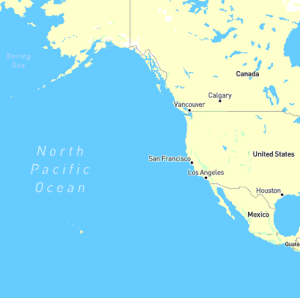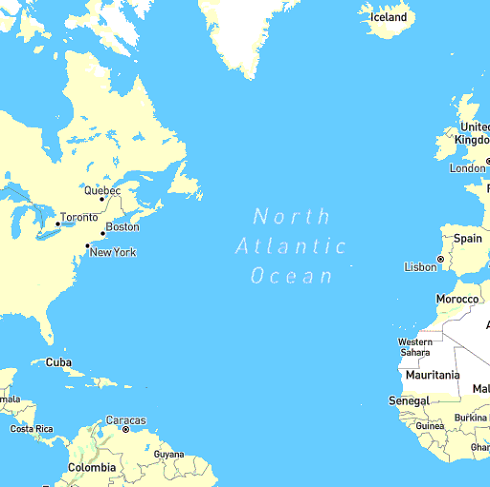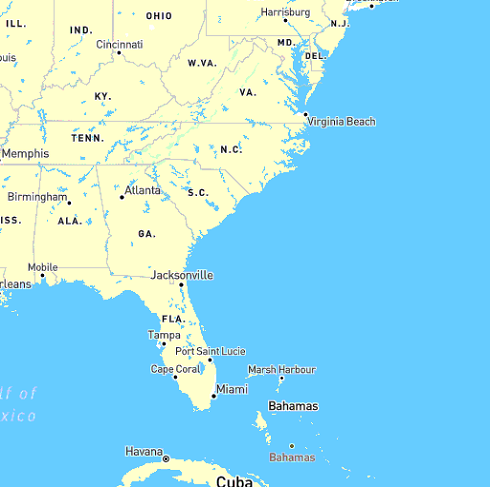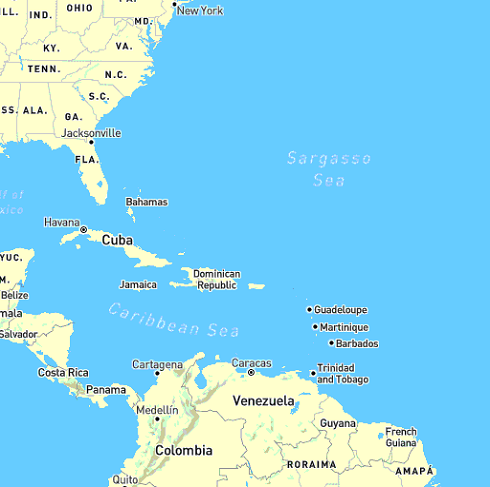Gary, Indiana vs Lafayette, Indiana Population and Size Compared
Gary and Lafayette are two distinct cities in Indiana, each with its own unique history, cultural identity, and economic landscape. While Gary is known for its industrial roots and proximity to Lake Michigan, Lafayette is recognized for its vibrant college town atmosphere and historical significance. This article aims to provide an in-depth comparison of Gary and Lafayette, examining various factors such as population, area, and overall quality of life.
Geographic Overview
Gary, Indiana
- Location: Gary is located in Lake County, Indiana, approximately 25 miles southeast of downtown Chicago, Illinois. It is situated along the shores of Lake Michigan, providing residents with beautiful waterfront views.
- Area: Gary covers an area of approximately 57 square miles (148 km²), making it a relatively large city in terms of land area.
- Topography: The city’s landscape features a mix of urban and industrial areas, with several parks and green spaces that offer recreational opportunities.
Lafayette, Indiana
- Location: Lafayette is located in Tippecanoe County, Indiana, about 60 miles northwest of Indianapolis. The city is situated near the Wabash River, adding to its scenic beauty.
- Area: Lafayette covers an area of approximately 48 square miles (124 km²), making it smaller in size compared to Gary.
- Topography: The city has a relatively flat landscape, characterized by residential neighborhoods, parks, and commercial areas. The presence of Purdue University nearby adds to the city’s dynamic atmosphere.
Size Comparison
In terms of area, Gary is larger, encompassing approximately 57 square miles, while Lafayette covers about 48 square miles. Despite its larger size, Gary’s urban and industrial layout differs significantly from Lafayette’s more suburban and college-oriented environment.
Population Statistics
Gary
- Population: According to the 2020 Census, Gary had a population of approximately 69,000 residents, reflecting a decline from previous decades due to economic shifts and industrial changes in the region.
- Demographics: Gary is known for its diverse population, with a significant African American community. The city has faced challenges related to economic development, but efforts are underway to revitalize and attract new residents.
Lafayette
- Population: As of the 2020 Census, Lafayette had a population of around 77,000 residents, making it one of the larger cities in Indiana.
- Demographics: Lafayette’s population is also diverse, with a mix of college students, families, and professionals. The presence of Purdue University contributes to a youthful demographic and a vibrant cultural scene.
Population Comparison
Gary has a population of approximately 69,000, while Lafayette is slightly larger at around 77,000. The population trends in both cities reflect their economic and social dynamics, with Lafayette’s growth driven by its status as a college town.
Historical Context
Gary
- Establishment: Gary was founded in 1906 as a company town for the United States Steel Corporation. The city’s growth was rapid, driven by the steel industry, which attracted workers from various regions.
- Historical Significance: Gary played a crucial role in the industrial development of the Midwest. However, the decline of the steel industry in the late 20th century led to economic challenges and population decline.
Lafayette
- Establishment: Lafayette was established in 1825 and quickly became a significant trade and transportation hub. The city was named after the Marquis de Lafayette, a French general who fought in the American Revolutionary War.
- Historical Significance: Lafayette has a rich history, with connections to the Wabash and Erie Canal, which facilitated trade in the 19th century. The presence of Purdue University since 1869 has also influenced the city’s development and educational opportunities.
Educational Opportunities
Gary
- Schools: Gary is served by the Gary Community School Corporation, which includes several elementary, middle, and high schools. The district has faced challenges in recent years, but efforts are being made to improve educational outcomes.
- Higher Education: While Gary itself does not have major universities, it is close to institutions like Indiana University Northwest, providing residents with access to higher education.
Lafayette
- Schools: Lafayette is served by the Lafayette School Corporation, which includes a variety of public schools known for their academic programs and extracurricular activities.
- Higher Education: Lafayette is home to Purdue University, one of the leading public research universities in the United States. The university significantly impacts the local economy and provides residents with various educational opportunities.
Economic Conditions
Gary
- Economy: Gary’s economy has historically been centered around the steel industry, but it has diversified in recent years. Efforts are underway to attract new businesses and industries, including manufacturing, healthcare, and logistics.
- Job Market: The job market in Gary has faced challenges due to the decline of traditional industries, but revitalization efforts aim to improve employment opportunities for residents.
Lafayette
- Economy: Lafayette has a diverse economy, with key industries including education, healthcare, manufacturing, and retail. The presence of Purdue University contributes to the local economy through research, innovation, and job creation.
- Job Market: Lafayette’s job market is robust, offering various employment opportunities across multiple sectors, making it an attractive location for job seekers.
Community Life and Culture
Gary
- Community Events: Gary hosts various community events throughout the year, including the Gary Air Show, Gary Art Walk, and Gary Music Festival, celebrating local culture and heritage.
- Parks and Recreation: The city features several parks and recreational facilities, including the Indiana Dunes National Park nearby, providing residents with opportunities for outdoor activities and relaxation.
Lafayette
- Community Events: Lafayette is known for its vibrant cultural scene, hosting events like the Lafayette Farmers Market, Lafayette Art and Wine Festival, and various festivals that celebrate local art, music, and food.
- Parks and Recreation: Lafayette has numerous parks, recreational facilities, and cultural institutions, including the Lafayette Symphony Orchestra and the Art Museum of Greater Lafayette, offering residents a range of cultural and recreational activities.
Transportation
Gary
- Transportation Network: Gary has a transportation network that includes major highways like Interstate 80/94 and U.S. Route 12, facilitating easy access to surrounding areas. Public transportation is provided by the Gary Public Transportation Corporation.
- Commute: Many residents commute to nearby cities, including Chicago, for work, and the city’s transportation infrastructure supports this connectivity.
Lafayette
- Transportation Network: Lafayette is well-connected by major highways such as Interstate 65 and U.S. Route 231, providing easy access to Indianapolis and other nearby cities. Public transportation is available through the CityBus system.
- Commute: The city’s transportation infrastructure supports commuting for residents working in Lafayette or the surrounding areas.
Conclusion
In summary, Gary and Lafayette are two distinct cities in Indiana, each offering unique characteristics and opportunities. Gary is known for its industrial history and challenges related to economic development, while Lafayette is recognized for its vibrant college-town atmosphere and strong educational opportunities.
Both cities provide various amenities, educational institutions, and community engagement options for residents. Understanding their differences and similarities can help individuals make informed decisions about where to live, work, and explore.
Whether one is drawn to Gary’s industrial heritage and waterfront views or Lafayette’s college-town vibe and cultural offerings, both cities contribute significantly to the diverse landscape of Indiana.
Gary, Indiana vs Lafayette, Indiana Map
Check out the map below to see where these cities are located, and click on the pins to see their populations.







